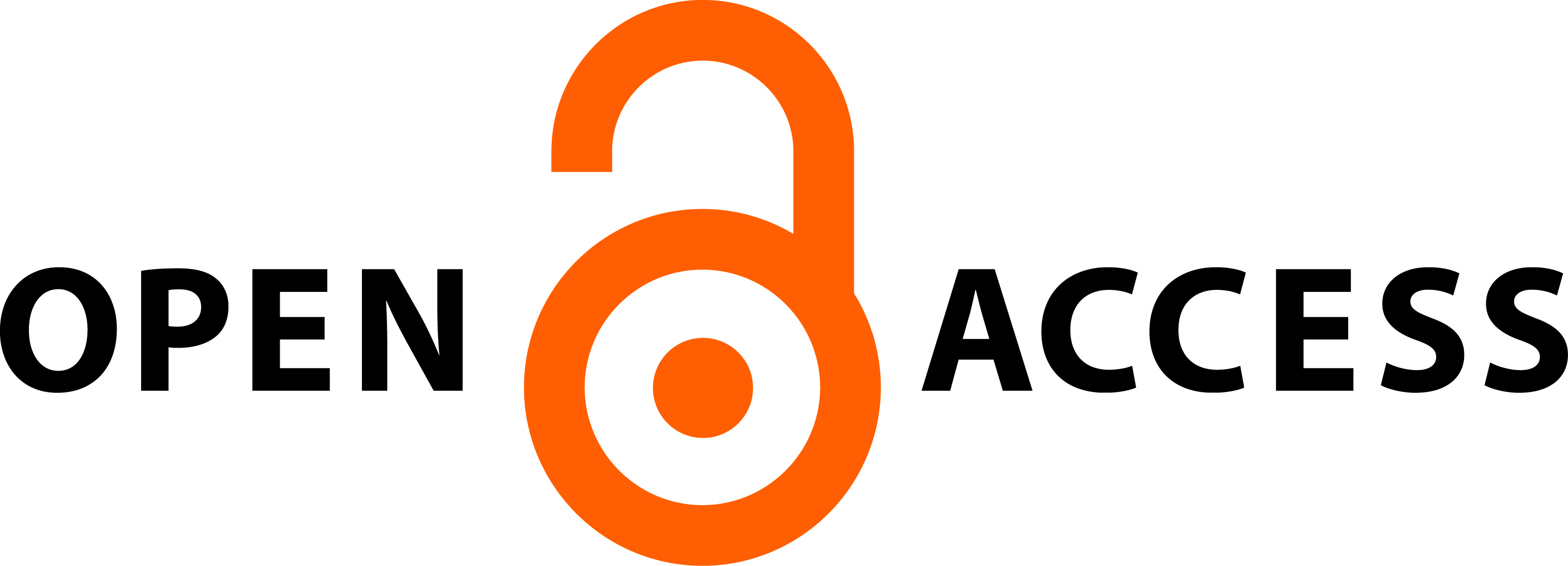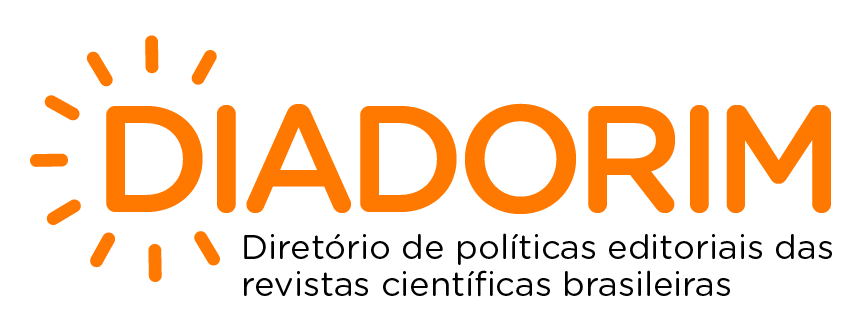Integrated teaching of reading in Portuguese as an additional language (PLA) and writing in Spanish as a community language (ELC) at the university
DOI:
https://doi.org/10.15448/2178-3640.2023.1.44892Keywords:
Reading, Writing, Portuguese as an Additional Language, Teaching/AssessmentAbstract
A proposal for the sequencing of teaching Portuguese as an additional language (PLA) is presented in the context of a course focused on reading comprehension, located in one undergraduate course in communication at an Uruguayan university. The paper aims to discuss the analysis of some of its results. The proposal is based on the didactic sequence models of Sociodiscursive Interactionism (Dolz, et al., 2004; Magalhães & Cristovão, 2018), Gender Pedagogy (Rose, 2017; Rose & Martin, 2018), the concepts of reading to write (Flower, et al., 1990; Spivey, 1990; Asención, 2008); and integrated assessment of reading and writing (Cumming, 2013; Scaramucci, 2016). The proposal integrates teaching Portuguese for reading (through genres of circulation in the academic and professional spheres) to teaching Spanish for writing (through genres of the same groups). In the course, the necessary capacities to read the texts in PLA, write the texts in Spanish and use the read texts in PLA as sources for writing in Spanish are modelled recursively. In this article, we place or focus on the resources developed to teach the last two skills (writing commands, practice activities in the classroom, formative assessment instruments), as well as the results of their application from the qualitative (content) analysis of 38 texts produced by students with foci on evidence of appropriation of these capacities. The analysis results show the possible beneficial potential of the proposal, given the relative success of a significant number of the students in writing a text based on the given sources. Therefore, there are difficulties in understanding the importance of the information derived from recognized sources in the construction of the text, as well as the usefulness of referring to precise information in the development of the argument.
Downloads
References
Asención, Y. (2008). Investigating the reading-to-write construct. Journal of English for Academic Purposes, 7, 140-150. https://doi.org/10.1016/j.jeap.2008.04.001 DOI: https://doi.org/10.1016/j.jeap.2008.04.001
Barzilai, S., Zohar, A., & Mor-Hagani, S. (2018). Promoting Integration of Multiple Texts: a Review of Instructional Approaches and Practices. Educational Psychology Review, 30, 973-999. https://doi.org/10.1007/s10648- 018-9436-8 DOI: https://doi.org/10.1007/s10648-018-9436-8
Boch, F., & Grossman, F. (2002). Referir-se ao discurso do outro: alguns elementos de comparação entre especialistas e principiantes. Scripta, 6(11), 97-107. http://periodicos.pucminas.br/index.php/scripta/article/view/12452
Braten, I., Britt, A., Stromso, H., & Rouet, J-F. (2011). The Role of Epistemic Beliefs in the Comprehension of Multiple Expository Texts: Towards an Integrated Model. Educational Psychologist, 46(1), 48-70. https://doi.org/10.1080/00461520.2011.538647 DOI: https://doi.org/10.1080/00461520.2011.538647
Britt, A., Richter, T., & Rouet, J-F. (2014) Scientific Literacy: The Role of Goal-Directed Reading and Evaluation in Understanding Scientific Information. Educational Psychologist, 49(2), 104-122. https://doi.org/10.1080/00461520.2014.916217 DOI: https://doi.org/10.1080/00461520.2014.916217
Bronckart, J-P. (1999). Atividade de linguagem, textos e discursos. Por um interacionismo sócio-discursivo. Educ.
Bronckart, J-P. (2022). Teorias da linguagem. Campinas, SP: Mercado de Letras.
Cristovão, V. (2009). Sequências didáticas para o ensino de línguas. In R. Dias, & Cristovão V. (Eds.), O livro didático de língua estrangeira. Múltiplas perspectivas (pp. 305-344). Mercado de Letras.
Cumming, A. (2013) Assessing Integrated Writing Tasks for Academic Purposes: Promises and Perils. Language Assessment Quarterly, 10, 1-8. https://doi.org/10.1080/15434303.2011.622016 DOI: https://doi.org/10.1080/15434303.2011.622016
Díaz, D., Lorier, L., & Achugar, M. (2021). Prácticas de Lectura de Profesionales de la Comunicación en Uruguay: Áreas, Géneros y Estrategias. Revista Signum, 24(1), 162- 181. https://doi.org/10.5433/2237-4876.2021v24n1p162 DOI: https://doi.org/10.5433/2237-4876.2021v24n1p162
Díaz, D., Acuhar, M., Musto, L., Arroyo, L., Lorier, L., Gorrostorrazo, M., Álvarez, S., & García, S. (2021). Géneros y literacidad disciplinar: una propuesta de enseñanza para cursos universitarios de lectura en español, inglés y portugués. Revista da ABRALIN, 20(3), 1023-1052. https://doi.org/10.25189/rabralin.v20i3.1950 DOI: https://doi.org/10.25189/rabralin.v20i3.1950
Dolz, J., Noverraz, M., & Schneuwly, B. (2004). Sequências didáticas para o oral e a escrita: apresentação de um procedimento. In B. Schneuwly, & J. Dolz (Eds.), Gêneros orais e escritos na escola (pp. 81-108). Mercado de Letras.
Dörnyei, Z. (2007). Research methods in applied linguistics. Oxford University Press. Flower, L., & Hayes, J. (1981). A Cognitive Process Theory of Writing. College Composition and Communication, 32(4), 365-387. https://doi.org/10.2307/356600 DOI: https://doi.org/10.2307/356600
Flower, L., Stein, V., Ackerman, J., Kantz, M., Mccormick, K., & Pech, W. (1990) Reading-to-Write: Exploring a Cognitive and Social Process. Oxford University Press. DOI: https://doi.org/10.1093/oso/9780195061901.001.0001
Grabe, W., & Zhang, C. (2013). Second Language Reading-Writing Relations. In A. Horning, & E. Kramer (Eds.), Reconnecting Reading & Writing (pp. 108-133). Parlor Press.
Grabe, W., & Zhang, C. (2016). Reading-writing relationships in first and second language academic literacy development. Language Teaching, 49(3), 339-355. https://doi.org/10.1017/S0261444816000082 DOI: https://doi.org/10.1017/S0261444816000082
Halliday, M., & Hasan, R. (1989). Language, context and text: aspects of language in a social-semiotic perspective. Oxford University Press.
Krippendorff, K. (2004). Content Analysis. An Introduction to Its Methodology. Sage.
Leki, I., Carson, & J. (1997). “Completely Different Worlds”: EAP and Writing Experiences of ESL Students in University Courses. TESOL Quarterly, 31(1), 39-69. https://doi.org/10.2307/3587974 DOI: https://doi.org/10.2307/3587974
Lorier, L., & Díaz, D. (2022). Curso de Comprensión lectora en portugués. Facultad de Información y Comunicación; Universidad de la República.
Magalhães, T., & Cristovão, V. (2018). Sequências e projetos didáticos no Pacto Nacional pela Alfabetização na Idade Certa: uma leitura. Pontes.
Plakans, L., & Gebril, A. (2012). A close investigation into source use in integrated second language writing tasks. Assessing Writing, 17, 18-34. https://doi.org/10.1016/j.asw.2011.09.002 DOI: https://doi.org/10.1016/j.asw.2011.09.002
Ruiz-Funes, M. (1999). Writing, Reading and Reading-to-Write in a Foreign Language: A Critical Review. Foreign Language Annals, 32(4), 514-526. https://doi.org/10.1111/j.1944-9720.1999.tb00880.x DOI: https://doi.org/10.1111/j.1944-9720.1999.tb00880.x
Rose, D. (2017). Languages of Schooling:embedding literacy learning with genre-based pedagogy. European Journal of Applied Linguistics, 5(1), 1-31. https://doi.org/10.1515/eujal-2017-0008 DOI: https://doi.org/10.1515/eujal-2017-0008
Rose, D., & Martin, J. (2018). Leer para aprender. Lectura y escritura en las áreas del currículo. Pirámide.
Scaramucci, M. (2016). A avaliação de habilidades integradas na parte escrita do exame Celpe-Bras. In M. L. Ortiz (Ed), O mundo do português e o português no mundo afora: especificidades, implicações e ações (pp. 391-425). Pontes.
Spivey, N. (1990). Transforming Texts: Constructive Processes in Reading and Writing. Written Communication, 7(2) 256-287. https://doi.org/10.1177/0741088390007002004 DOI: https://doi.org/10.1177/0741088390007002004
Downloads
Published
How to Cite
Issue
Section
License
Copyright (c) 2023 BELT - Brazilian English Language Teaching Journal

This work is licensed under a Creative Commons Attribution 4.0 International License.
Copyright
The submission of originals to BELT - Brazilian English Language Teaching Journal implies the transfer by the authors of the right for publication. Authors retain copyright and grant the journal right of first publication. If the authors wish to include the same data into another publication, they must cite BELT - Brazilian English Language Teaching Journal as the site of original publication.
Creative Commons License
Except where otherwise specified, material published in this journal is licensed under a Creative Commons Attribution 4.0 International license, which allows unrestricted use, distribution and reproduction in any medium, provided the original publication is correctly cited.




